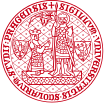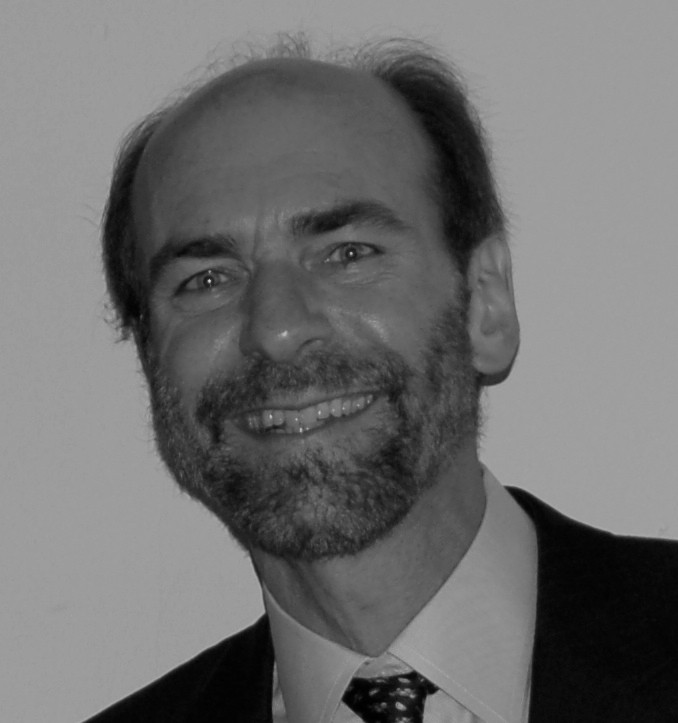


Institute of Formal and Applied Linguistics
Charles University, Czech Republic
Faculty of Mathematics and Physics
Representing Spatial Information in Language
Abstract: In this talk, I explore several aspects of how space is interpreted in language, both semantically within Generative Lexicon, and computationally, within dynamic logic. Specifically, I discuss two problems: the spatial anchoring of events in language; and the representation of spatial knowledge employed for manipulating artifacts. For the former, I suggest three mechanisms are at work to explain the temporal and spatial anchoring of events: (i) events must be viewed as complex objects with internal subeventual structure; (ii) there may be multiple times and locations associated with an event; and (iii) event times and locations are supervenient upon the participants in the events. For the latter, I adopt an ecological perspective on the actions and spaces that are associated with how we interact with artifacts. I introduce the notion of an object's "habitat", denoting the "situated modes of explanation" of a concept. While the qualia structure are "semantically narrow" representations referencing aspects of an object's denotation, components, use, and origin, the "habitat" situates the object or event in the context in which it is experienced by the cognitive agent. Of particular interest is the habitat associated with the functioning and use of an object. I will call this functional habitat the "Telic Zone" for an object. I will demonstrate how the functional activities associated with artifacts must be embedded within the Telic zone for that object.
James Pustejovsky holds the TJX/Felberg Chair in Computer Science at
Brandeis University, where he directs the Lab for Linguistics and Computation,
and chairs both the Program in Language and Linguistics and the Computational
Linguistics MA Program. He has conducted research in computational linguistics,
AI, lexical semantics, temporal reasoning, and corpus linguistics and language
annotation. He is currently head of a working group within ISO/TC37/SC4 to
develop a Semantic Annotation Framework, and is chief architect of TimeML and
ISO-TimeML, a newly adopted ISO standard for temporal information in
language, as well as the draft specification for spatial information, ISO-Space.
Pustejovsky was PI of a large NSF-funded effort, "Towards a Comprehensive
Linguistic Annotation of Language," that involved merging several diverse
linguistic annotations (PropBank, NomBank, the Discourse Treebank, TimeBank,
and Opinion Corpus) into a unified representation. Currently, he is Co-PI of a
major project funded by the NSF to address interoperability for NLP data and
tools. He has taught computational linguistics to both graduates and
undergraduates for 20 years, and corpus linguistics for eight years. He has
authored numerous books, including Interpreting Motion (with I. Mani, Oxford
University Press, 2012), Recent Advances in Generative Lexicon Theory
(Springer, 2012), Generative Lexicon (MIT, 1995), The Problem of Polysemy
(with B. Boguraev, Cambridge, 1996), The Language of Time (Oxford, with I.
Mani and R. Gaizauskas, 2005), and Semantics and the Lexicon (Kluwer, 1993).
He is currently finishing a textbook for Cambridge University Press, entitled
Lexicon, to appear in 2013.
